College colors have been used as a way of making a clear distinction between colleges, especially when meeting together at sporting events. These colors are entirely distinct from each university and in cases where one color is the same, the complementary color will be different.
The colors are a way of preventing identity crisis. These colors are used in uniforms, publications, academic gowns, school logos, buildings and even the school's official websites.
All colleges in the U.S have different uniform colors ranging from crimson to red and gray. Most of these colors were settled on with the help of students, chancellors, student bodies or other staff members. A vote had to be taken for such decisions to be made. They hold wearing of the college colors so high that they have College Colors Day. National College Colors Day was founded by the college licensing company in 2004 and it's celebrated the first Friday between the end of August and the beginning of September, before Labor Day in the United States. On this particular day, all students, friends, family and alumina wear their college colors. Wearing your college colors is a way of showing that you take pride in your school as well as have passion and spirit for your college. A strong, consistent identity is important for both the student and the college. From college tie to jackets, mascots, sporting outfits; these items have been made carefully to include all the college colors.
Most colleges have even retained their name due to their colors such as Brown University, Siena College, and Auburn University. Other colleges came up with their colors by combining two college colors (University of Mississippi). If you wonder how these universities settled for the various colors they use, wonder no more. Below is a list of colleges and exciting history on how they settled for their colors. Some of these stories are surprising as well as funny.

The official colors of UNC are teal, gold and blue. Originally the colors were kelly green and yellow chosen in 1947 by a group of students. With the help of their instructor Emma Lawson, they selected gold and green to represent the nearby sandy beaches (gold) and the ocean (green).
The colors were modified to teal and gold with the help of their chancellor James R. Leutze to differentiate the University of North Carolina Wilmington from other colonial athletic association Institutes that featured the same colors on their uniforms.
With their new shades now representing the green of the ocean and gold of the sand as well as the blue of the deep ocean; the student government association joined Chancellor Rosemary DE Paolo and other university officials in unveiling “Teal Declaration” in March 2009.
This day was officially referred to as Teal Day, and its purpose was to recognize teal as the primary school color.
These colors are well embedded on all their stationery, school logo, games kit and academic gowns.
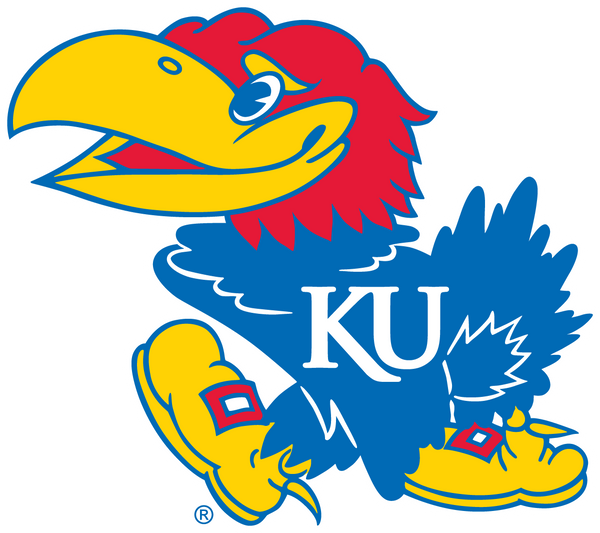
From around the 1870s to mid-1890s the official colors of KU were sky blue and corn yellow. The selection was first made by a group of graduating students.
The color question became vivid when KU started facing off other sports competitors. With the help of a New York attorney, John J McCook, advised them to go for blue and crimson or black and crimson.
A lot of opposition from the students was encountered while trying to change the university colors. They decided to adopt crimson and navy blue, which have been the identifying colors of the Kansas University since then.
They have used them on their school logo, gaming kits, and even their academic gowns.

MIT official colors are cardinal red and steel gray. The colors were first selected by class representatives of the classes at MIT. In 1876, Alfred T. Waite chaired a committee that was created with the sole purpose of selecting a suitable color combination for the Institute.
After several deliberations, they decided to adopt cardinal red and silver gray. The cardinal red color stood for a thousand years on land and sea in England's emblem. It also makes one-half of the stripes on America’s flag; it has always stirred the mind and heart of man and it stands for red blood (life).
The gray color was selected to remind them of quiet virtues of reticence, perseverance, and gentleness which appealed to the mind of the committee as powerful.
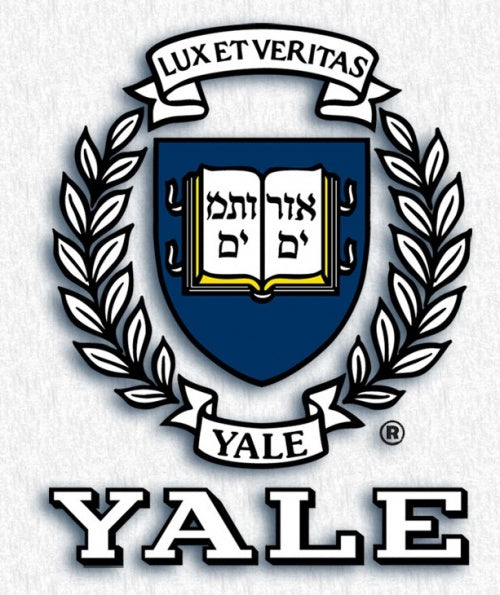
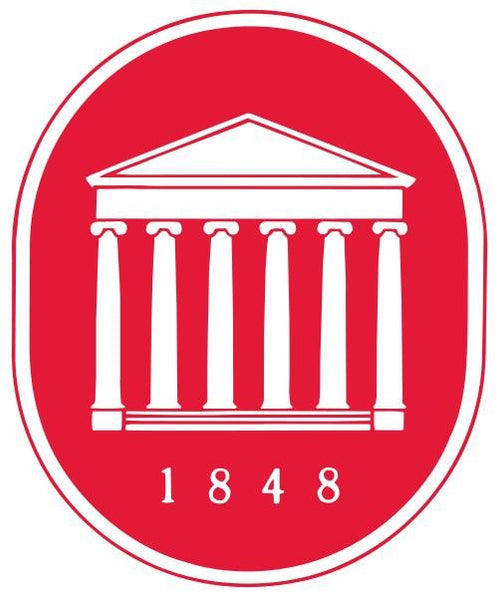
Their official colors are Yale blue and Harvard red. In 1893, when Ole Miss (a name coined for Mississippi University) was training for their five-game season, they had many discussions on the official school color.
They decided that they should adopt Crimson of Harvard and the Navy Blue of Yale. This was a suggestion by A.L Bondurant. It was also quite a surprise since Mississippi had always considered itself an elite university.
A mixture of the two colors though would be very harmonious and unique, and it was a great suggestion to have the spirit of both these great colleges.
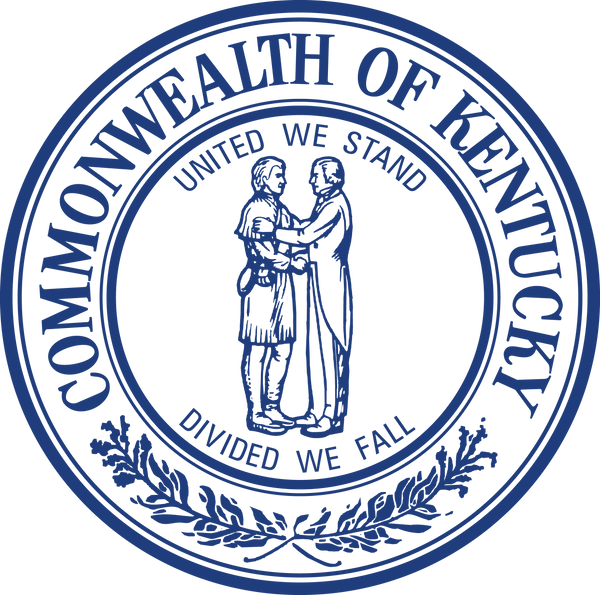
The University of Kentucky incorporated white and blue as its official colors in 1982. Officially their colors were blue and light yellow. This though brought a lot of confusion as to what shade of blue was the official color; the students wanted to know what the exact color was.
This was made clear when Letterman Richard C. pulled his tie and held it up high for the students to see during a playoff. The electoral tie color was royal blue, and this act cemented royal blue as the official school color.
In 1983, the students decided to make a change dropping the light yellow for white. Since then the official colors have remained white and blue.

The origin of Georgia's official colors came about after a disagreement with Georgia Tech. THE First Hostility between these two schools is dated back to 1891. Georgia University declared that the school’s color was to be old gold, black and crimson on their literary magazine.
After the 1893 football game that they lost against Tech, Dr. Charles removed gold as an official school color; this was thought to be because Tech defeated Georgia University. Also, the new UG coach saw that old gold was similar to yellow and yellow was a sign of cowardice.
They decided to do away with yellow and the Crimson also changed to red. Currently, the official Georgia university colors are red, black, white and silver.
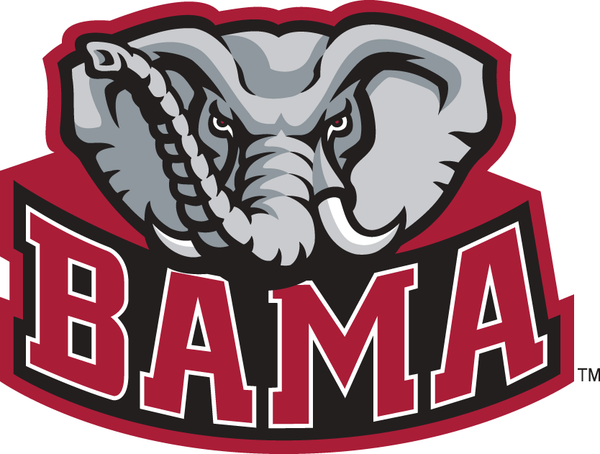
Alabama University was a military school. The firm E cadets were to perform a drill in competition in New Orleans. Mary Fear who was a sponsor for the event wanted to know their color so that she could match her attire.
The cadets responded that they had none but wore black caps, gray coats and white trousers. She refused to go for black and termed it too funeral, while gray was too neutral. She eventually picked crimson, white and gray for her outfit.
These colors then became the team's outfit colors. It is also purported that the state’s crimson and white flag might have an influence on the color choice. These colors have been officially adopted by Alabama University.

There is always confusion when people are talking about Arkansas official colors. In 1894 a contest was held on campus to select school colors. They decided to choose Cardinal over heliotrope (this is a moderate shade of purple).
Later they also decided to add on white as a companion color, hence the official colors became cardinal and white. In 2000 they started introducing black into their merchandise including the team uniforms (this is what brings the confusion).
The college licensing company reported the university’s color as red and black. Since then everybody has always thought of Arkansas colors as red and black.

Orange and Navy blue are the official colors of the Auburn University. The colors date back to 1892 and were a suggestion by Miss Allie Glenn who was an employee at Auburn.
She knit a dark blue and orange sweater, which had been decided on by the administration. In 1949 the board of trustees was presented with several color swatches to assist them in selecting the exact colors to use.
The first Auburn colors were referred to as ultramarine blue and golden orange. Over time these colors have become brighter and sharper. Nowadays the colors are known as burnt orange and navy.

The college colors of the Pennsylvania State University are blue and white. The largest of it's campuses is located in State College and College Township, in central Pennsylvania. Before 1890, Penn State’s colors had been dark pink and black. These colors were adopted in October 1887 by a committee of three; a representative of the sophomore, junior and senior class were appointed to come up with a combination of colors.
George R. Meek is said to have come up with pink and the black as he claimed that they needed something attractive and bright to represent them. Red and orange were out of the discussion because the colors were already in use by other universities. After two and a half years, they adopted blue and white.
They claimed that pink faded to white due to exposure to the sun. In March 1890, the decision to make the colors blue and white was made official.

The college colors of Princeton are orange and black. The colors were first used in a game of baseball which was held at Yale; this was back in 1867, and it came with an idea put forward by a freshman called George Ward.
The history behind the colors was that they were chosen after William III of the House of Nassau also carried the title, "Prince of Orange". It was in his honor that the first building in the university had been named.
On October 12, 1868, the faculty resolved to permit students to adopt and wear black lettering on orange ribbon, as their college badge. During the inauguration of the 11th university president the badges were worn and use of orange with black printing became official.
The board of trustees in 1896 officially incorporated the colors in the academic gown. The college uniform consists of a solid black orange tie and distinctive black and orange jackets worn by seniors.

The college color for Harvard University is Crimson. This color goes way back to the 1850’s era when the university’s rowing team members wiped the sweat off their face, and the handkerchiefs turned from red to deep crimson.
Harvard member’s crew members Charles Eliot and Benjamin Crowninshield bought red handkerchiefs and gave them to their team members before a regatta to distinguish them from other competitors.
There was also voting by the students between the colors magenta and crimson back in 1867 and the crimson color won the hearts of the students leading to a change in the school's newspaper, Magenta.
Crimson and magenta were the colors being debated on. In 1875 both Harvard and Union College of Schenectady both claimed magenta as their color (Union College of Schenectady has a different side of the story).
This crisis prompted a meeting where people had to decide the color and crimson was made official on May 6, 1875.

Williams’s official colors are purple and white. In 1865, Williams’s baseball team had a series game against Harvard. Two ladies had learned that Harvard had adopted magenta as its college colors.
They understood that something had to be done to help cheer their team. They decided to purchase some royal purple ribbon and made small rosettes out of it. These rosettes were pinned on each member of the team.
As they did the pinning, this is what they said “let this royal purple be the Williams color and may it bring victory over Harvard. The Williams won the game and the next the royal purple joyfully floated from the masthead the next day.
The purple color is often paired with gold or yellow to differentiate Williams’s publication and uniforms from Amherst's purple and white.

The college color brown was not in use until after 1886. This was after the brown paper reported on the question of choosing a college color. Many were for the idea that brown should be adopted with a little red.
In 1859 they used to wear gray checked pants, salmon silk shirts, and blue skull caps. In 1925, a swatch of brown textile was submitted by the university to the textile color card association to help them ascertain the exact shade.
The brown shade was said to be mistaken with the white color. This promoted the brightening up of football uniforms by the addition of gold brought forth. In 1953 a university color study committee was established.
They recommended that the school adopt seal brown as the standard color for the lining plus academic hoods with a single chevron of cardinal red. The colors are now thought to be seal brown, cardinal red and white.

The official colors of Rice University are gray and blue. In 1912, Edgar Odell Lovett, who was the first Rice’s president, chose the colors.
Edgar is said to have selected the blue and gray color in recognition of William Marsh Rice who was the founder of the university. They have stuck with these colors ever since.
The school logo, pamphlets, jackets, electoral college tie, and some buildings are all in gray and blue.

Initially, University of Virginia colors were silver, gray and crimson red. The colors symbolized blood-stained confederate uniforms. The university's faculty did not want the students to desecrate the symbolic colors on a field sport.
In 1888, students of University of Virginia held a rally in a bid to pick new colors. Athlete Allen Pots was in attendance at the rally. He had previously gone rowing with Oxford Rowing Club and came back with a dark blue scarf that had two stripes.
At the rally another student grabbed Potts scarf and waived it up in the air as a possible color combination. The student body agreed to adopt the new color combination.
Since then the University of Virginia approved the navy blue and orange as their official colors. These colors have been well embedded in their school logo, and applied to all the college's merchandise.

The primary official colors of New York University are purple and white. The origin of the university color is not that clear. It is thought that the color may have been chosen because in the past the color was found in Washington Square.
Another story is that Violet was a flower closely associated with Athens. Athens was a center of learning in the ancient world and thus admired as a symbol of education and knowledge.
The New York University athletes have worn violet and white on their competitive uniforms and their nickname “NYU Violets” is coined from their color. These colors have been used on their school websites, publications and their logo.

Stanford University's official color is cardinal red. In 1892 the students took a vote and decided to choose cardinal over other contenders, such as gold and white. Those two colors were eliminated as they were said to be close to the University of California’s blue and gold. In 1893, the color committee that had the task of coming up with the official colors chose the precise shade of cardinal from among a number of red swatches.
The Stanford athletic team uses a combination of cardinal and white while the school uses a mix of other colors mainly based on the buildings. The cardinal color that is used today closely matches the original color.
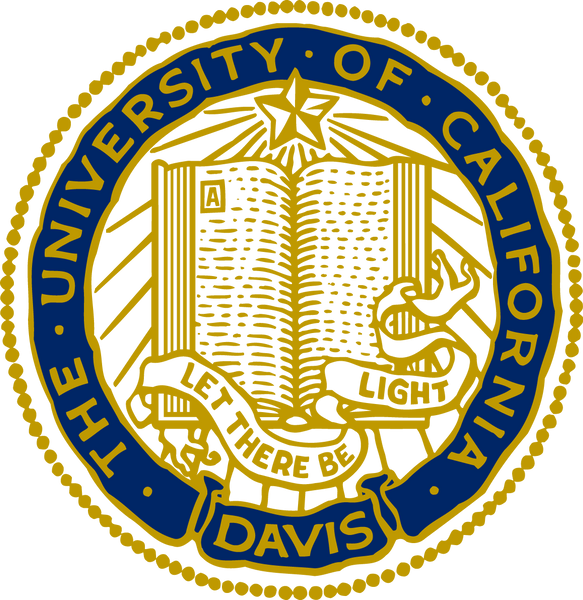
Over the years, University of California's colors had to evolve. In the 1930’s they used dark blue and white on their jerseys and logo.
In the 1950s the blue was changed to a darker shade of blue as it was said that the lighter shade made it difficult to see the player’s number. This made it difficult to distinguish players while viewing the footage.
In 2004 blue 285 and gold 123 on the Pantone became the official UCLA's colors.

Cornell university colors are white and carnelian. The first association with red was when a red felt banner had a white cut out with the spelling Cornell University. This was on October 7, 1868, during the inauguration of the University and Andrew Dickson, its first president.
Red was associated with power, energy as well as strength. The red color often referred to as carnelian red has been adopted and is often seen on their websites, logos, and publications.

The official university colors were adopted in the mid-1890's. They are red and green.
There is some confusion that the correct color is myrtle and maroon because the university included a song with the title, "Myrtle and Maroon". In 1916 a committee was formed by Holmes Smith to look into the matter. The committee reported that the official colors were adopted by the alumni association and were rich red and green. The committee also added that the song had an unfortunate effect upon the school's colors. The official colors were to be used in academic regalia, athletic gears, publications, letterheads as well as business cards.
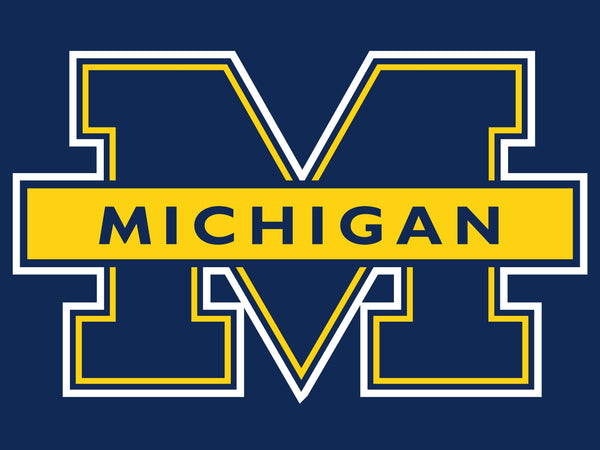
The University of Michigan is associated with blue and maize. The first association of the university with any color is seen in 1859. A blue ribbon was attached to the diploma of Elisha Jones.
In 1967, groups of students officially met and adopted the school color. In 1912 the students chose fabric ribbons depicting actual shades. Blue was used as it was believed to conjure up feelings and create perceptions. It is also associated with success, authority, serenity, and power. The shades of yellow and orange were thought to create a sense of positivity, happiness, and creativity.
The official blue currently used is several shades darker, bringing a sense of prestige and the maize brings about the contrast to the deep blue.

The idea for the University of Tennessee's colors originated from Charles Moore in 1891. He got the idea from the American daisies that grew on the “unknown hill”. This is where most classrooms were located at the time.
In 1892 the students endorsed the colors while in a special meeting. Two years down the line they were dissatisfied and had a vote to change them. After a heated debate and deliberation, they came to a conclusion that no other color proved to be good enough. So the students decided to go back to the original colors of orange and white. In 1898, Moore decided to choose orange and white to decorate the stadium.
The jerseys in orange and white were first used in 1922. Since then orange and white became Tennessee's official colors.

The original colors are said to be orange and black, given to them by Judge W.L Granbury. In the 1930's they changed their colors from orange to gold. The colors are thought to have originated from Vanderbilt's coat of arms.
The new colors are currently used on academic regalia, school merchandise, and the official school logo. The Commodores sports jerseys have the same color and at times white is included.

The official colors for Louisiana state university are purple and gold. It's said that in 1893, the Tigers had their first football game. In anticipation of the game, several players wanted to dress up in celebration.
The coach, Charles Coates agreed and took the Tigers into town to purchase some ribbon and fabric that they could use to adorn their plain gray uniforms. Mardi gras was a couple of months away hence the shelves were filled up with purple, green and gold. The players took purple and gold and used it to decorate their jerseys. The colors were a hit, and since then the colors became official Louisiana State University colors.

University of Florida prides itself in orange and blue as their official colors. In 1910, many universities were consolidated due to the Beckman Act.
The universities included the University of Florida at Lake City and East Florida Seminary. University of Florida Lake City’s color was blue, and East Florida Seminary was orange and black. The two colors were mixed, and they settled on orange and blue. The colors are in reference to the culture and heritage of the surrounding region.
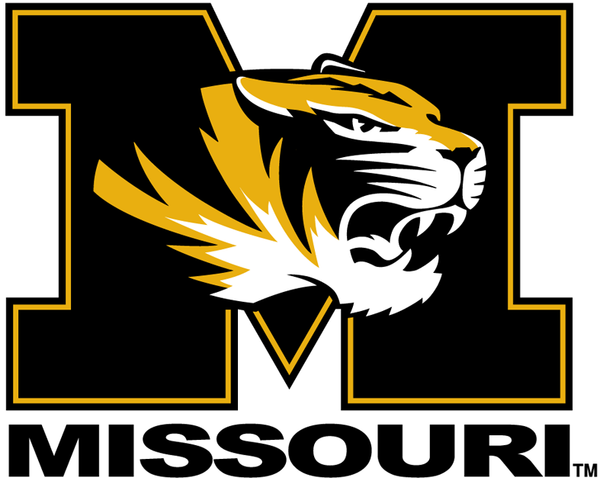
The official colors for the University of Missouri are black and gold. Initially, they used crimson and gold as its school colors.
This scheme was later changed to black and gold so that they could match with the colors of a Bengal tiger which was the university mascot.
These colors are used on letter heads, the school logo, and other school merchandise.
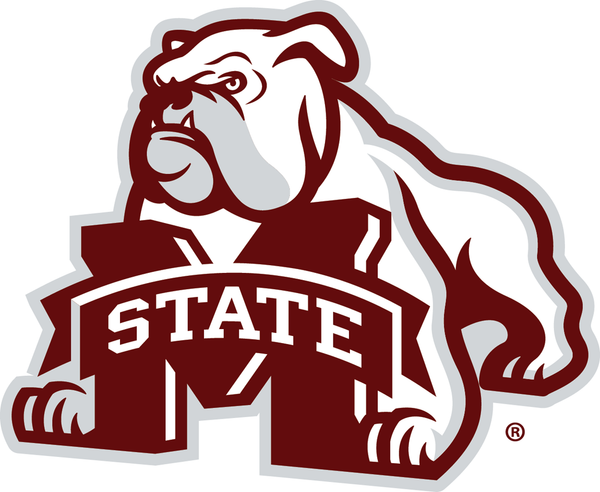
The colors were coined around November 15, 1895. The Mississippi A and M football team was preparing for a road trip to Tennessee for a face off against Southern Baptist university. They did not have a school color, and they needed one badly. They gave their captain, W. M. Matthews, the honor of picking the color. He not only chose one color, but two. He chose maroon and white. These colors have been in use for 121 years since.
All their publications, jackets, electoral tie, and even sites are adorned with maroon and white.

Black and garnet are the colors associated with the University of South Carolina. The colors are dated back to 1892.
The colors have been their trademark for several generations using them on their logo, official site, and all of their other merchandise.
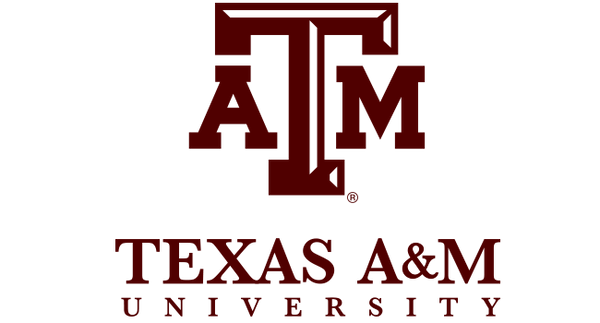
The history of how Texas A&M University came up with the name. A story is told that formerly the colors were supposed to be red and white, but the uniform company messed up and sent maroon instead.
They decided to adopt the color. Since that time they adopted the colors. Their logo, academic publications, and the school uniform have featured the maroon and white color.
Most of these colors were settled on due to different sporting events. Imagine getting a color because of a factory mistake or due to environmental factors and those colors get to be permanently used, this is pretty exciting history.
They needed identity while supporting their team; they needed to stand out as well as to be unique. There was a need to avoid confusion during the different games.
The colors chosen as shown above have been selected depending on geographic location, events, state locality. It was all at random, but it holds so much information.
It is clear that behind every university or college there is a story behind it on how they chose their colors. Deliberations, committees and voters votes, all these played a major role in eventually settling on the university colors.
These colors are highly adored by each university. Most of the colleges have maintained the colors making just a little adjustment on the shade or how bright or dull it ought to be.
With all this information and the color list of colleges, you'll no doubt be happy that you learnt about their colors and history, and maybe that knowledge might even sway your decision on which college or university to attend, maybe the one that uses your favorite colors in their logo or team uniforms.
Hey, you may also want to check your college/university packing list and try matching some of your accessories with your universities colors (bedding is something you might get to match the school's official colors).